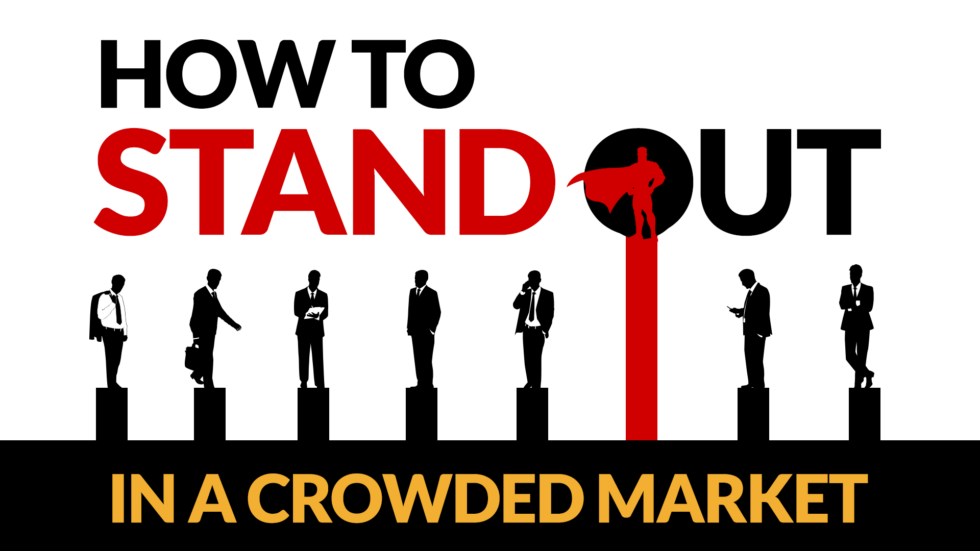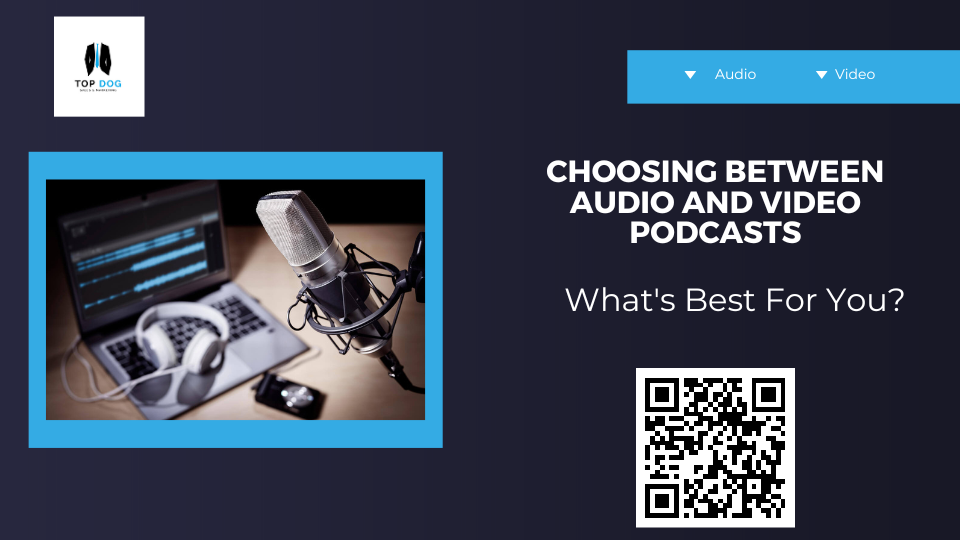

Choosing Between Audio and Video Podcasts: What’s Best For You?
Are you considering launching a podcast but uncertain whether to choose an audio or video format? In the ever-evolving world of content creation, determining the format that aligns with your objectives can be challenging.
Understanding Audio vs. Video Podcasts: It’s crucial to grasp the differences between the two formats. Audio podcasts are solely recorded with audio equipment, making them more portable, flexible in location and timing, and less resource-intensive in production. Conversely, video podcasts encompass audio and video elements, necessitating advanced equipment and editing tools.
Benefits of Audio Podcasts: Audio podcasts offer convenience as they can be consumed while multitasking, like driving or exercising. They are also cost-effective to produce, requiring less technical knowledge and equipment. Let’s delve deeper-
Audio Podcasts:
Benefits of Video Podcasts: Video podcasts provide a more immersive and engaging experience, adding depth and dimension to the content with visual aids and demonstrations. They also have the potential to reach a broader audience, as they are frequently shared on social media platforms. Let’s delve deeper-
Video Podcasts:
Deciding What’s Right for You: Here are some factors to consider when choosing between audio and video podcasts:
Ultimately, choosing between audio and video podcasts will depend on your goals, resources, and audience preferences. If you are starting, have a limited budget, or want to build an audience through audio content, audio podcasts may be a better choice. However, suppose you have a more visual product, such as tutorials or demonstrations, or have the budget and resources to create high-quality video content. In that case, video podcasts may be more suitable.
The Future of Podcasting: Audio and video formats will likely remain relevant as podcasting grows in popularity. However, new technologies may change the podcasting landscape, such as interactive podcasts that enable audience participation and engagement. Additionally, advancements in artificial intelligence may lead to personalized podcasts tailored to individual listeners’ interests and preferences, resulting in a more customized listening experience and greater engagement and loyalty.
Conclusion: The content is paramount whether you opt for an audio or video podcast. Regardless of the format, your focus should be on creating engaging, informative, and high-quality content that keeps your audience returning for more
Keep up on the latest posts from Top Dog by subscribing today.
© 2023 Top Dog Sales. All rights reserved.
Website Powered by KAJI Online.